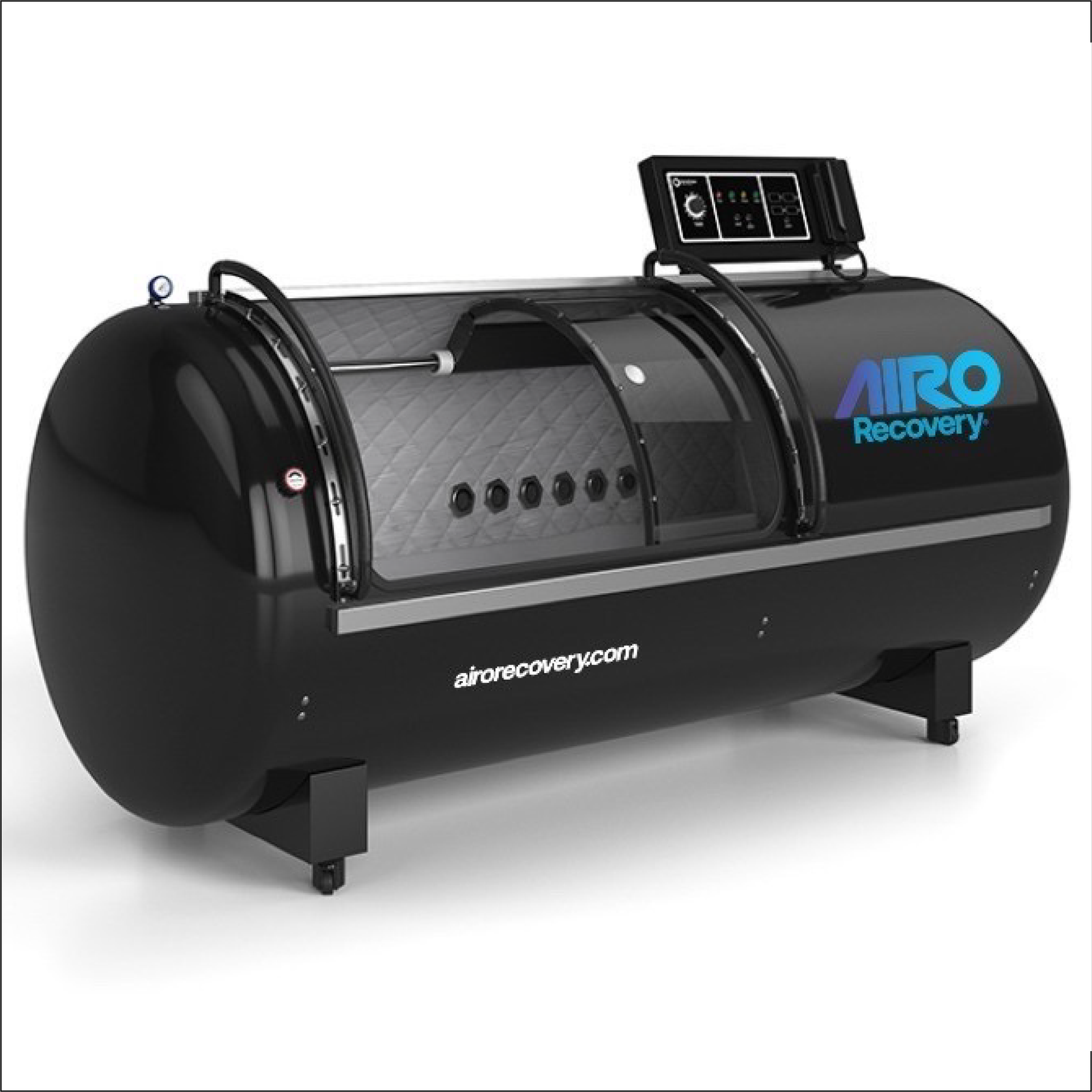Is it Possible to Improve Focus, Memory and Neurological Conditions?
New evidence presents how hyperbaric oxygen therapy (HBOT) is helping individuals regain neurological activity and functionality.

Autism
Studies have shown promising results by using Hyperbaric Oxygen Therapy to reduce the inflammatory symptoms associated with Autism in the brain and gastrointestinal system along with bringing actual healing to those damaged systems.
- First, it removes toxins, such as heavy metals from the body.
- It reduces inflammation allowing oxygen-deprived areas to have a return of blood flow.
- It builds new capillaries in the brain.
- It reduces the inflammation in the gut.
- Improved sleep
- Children becoming calmer and more affectionate
- Improved focus and attention
- Improved bowel function
- More “Present”
- Less Sensory Disturbance
- Improved Cognition
- More Language
- More “Connected” to Family
Neurological Conditions
Approximately 1 billion people, of all ages, are currently affected by neurological disorders. New evidence presents how hyperbaric oxygen therapy (HBOT) is helping individuals regain neurological activity and functionality.
LITERATURE STUDY:“Brain Function Improves with HBOT”:
A prospective, randomized, crossover, controlled trial was published in 2013. A total of 56 patients, 1-5 years after injury, with prolonged post-concussion syndrome were evaluated. Patients in the treated group were assessed prior to HBOT and after 4O HBOT sessions. Whereas patients in the crossover group were evaluated three times: prior to HBOT, after a 2-month control period of no HBOT and after 2-months of 40 HBOT sessions. Significant improvements were confirmed in cognitive function and quality of life in both groups after HBOT, however, no significant improvement was observed following the control period. HBOT was shown to induce significant brain function improvements, the creation of new brain connections and increased brain activity.
Benefits can include:
- Recover & repair damaged brain tissue
- Develop & regains cognitive/motor functions
- Stimulate the creation of new brain cells
- Promotes the construction of new brain tissue
- Facilitates the formation of new brain connections
- Increase circulatory pathways in the brain
- Improves oxygenation to the brain
- Enhance memory and mental performance
Cerebral Palsy
Cerebral Palsy (CP) affects 1 in 303 children in the U.S. (8,000 new cases every year) making it the most devastating motor disability in childhood. HBOT has been shown to be a promising treatment with multiple studies reporting improvements with its application.
LITERATURE STUDY:“Motor Function Improved with HBOT”:
A study conducted with 25 participants assessed the effects of HBOT with children diagnosed with spastic diplegic CP. The children were evaluated after 20, one-hour HBOT sessions. The results affirmed improvements in gross motor function (three of the five items) using the gross motor function measure (GMFM) and the fine motor function (three of six hand tests) utilizing the Jebsen Test for hand function. Additionally, reduced spasticity in three of the four muscle groups was confirmed by means of the modified Ashworth Scale. All tests where assessed by a physician specializing in CP.
Benefits can include:
- Reduced effects of low oxygen levels on the neonatal brain
- Promotes the creation of new brain cells
- Moderates mitochondrial disorders
- Enhances stem cell growth & mobilization
- Increases brain tissue healing
- Escalates the creation of new brain connections
- Advances cognitive function
- Improves gross/fine motor skills
- Enhances speech & language
- Improves memory and concentration
- Alleviates spasticity
- May lessens frequency of seizures








